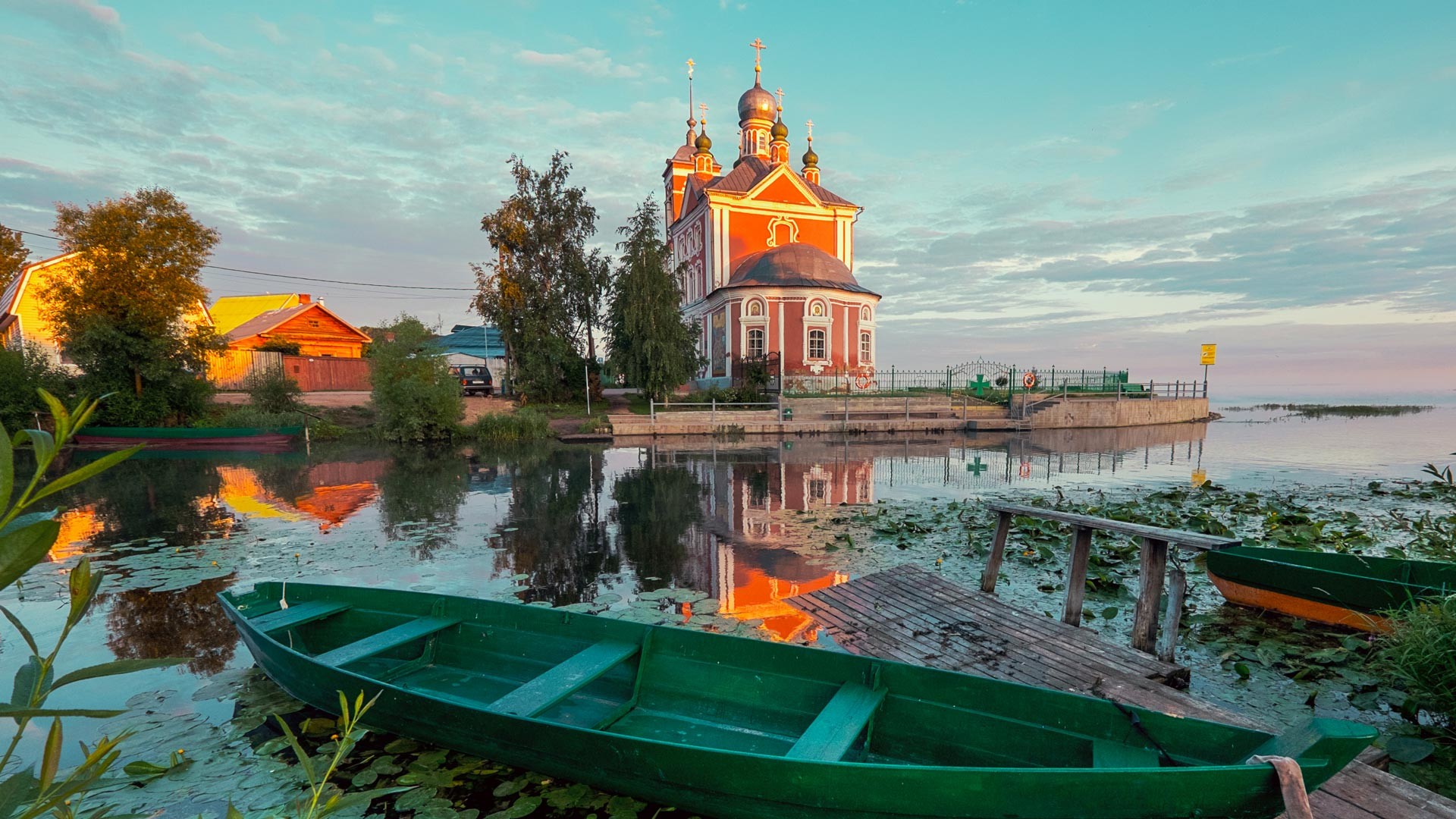
Forty Martyrs' Church in Pereslavl-Zalessky
Legion MediaRussia’s Prince Vladimir massively turned the country into Orthodoxy in 988. Since those times, all of Russian history has seen the building of churches (excluding the 70 years of Soviet power, of course). Firstly, churches were financed with the Princes’ money. They considered constructing big and beautiful cathedrals as a prestigious action, showing their might. They invited the best architects and spent huge amounts of money on them.
Dukes from different parts of Russia competed with each other in matters of church and monastery construction, trying to build better masterpieces than their neighbors. They cared more about beautiful churches, rather than their own palaces, which actually were sometimes just ordinary wooden houses.
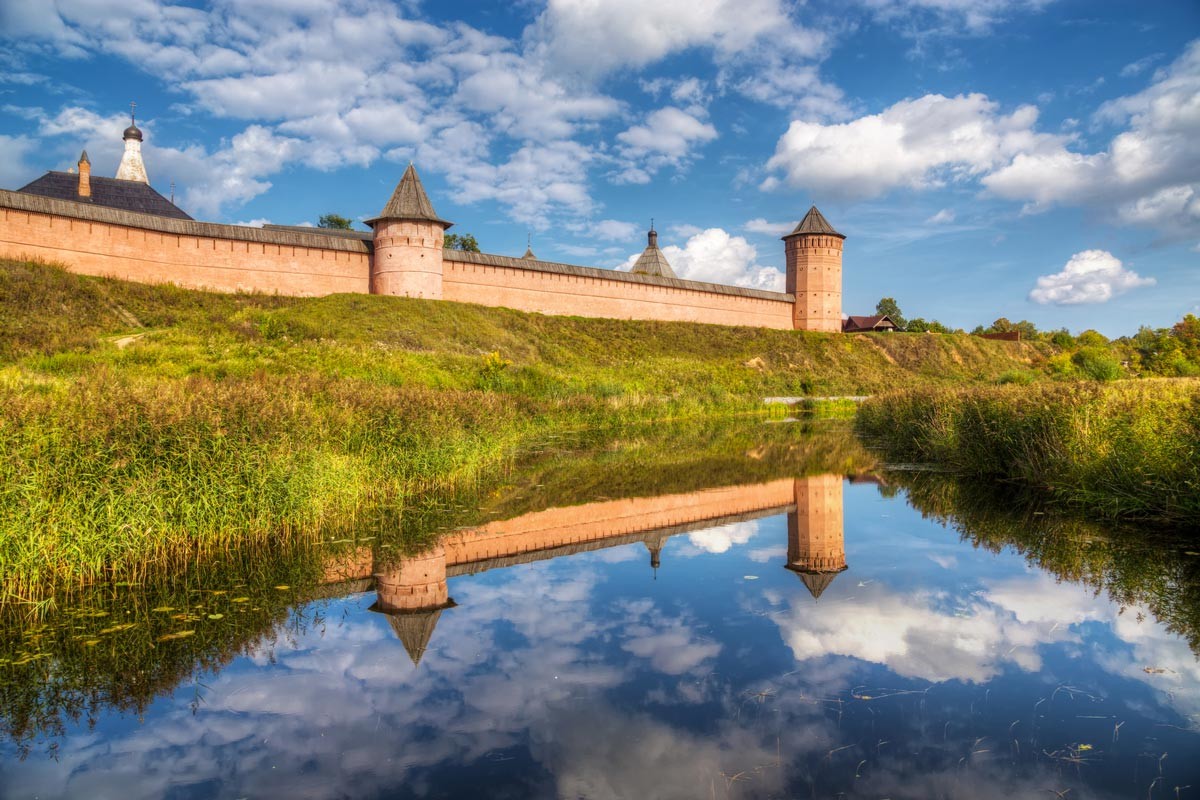
Monastery of Saint Euthymius in Suzdal
Legion MediaSince the 16th century, when all Russian regions united, churches were built under the tsar’s order. Rich merchants and noblemen gave large sums of money to the cathedral. They wanted to be praised by the tsar, but also to immortalize their names in history. At the same time, churches were also built with people’s donations. Christ the Savior Cathedral was built on folks’ money after Russia’s win over Napoleonic France.
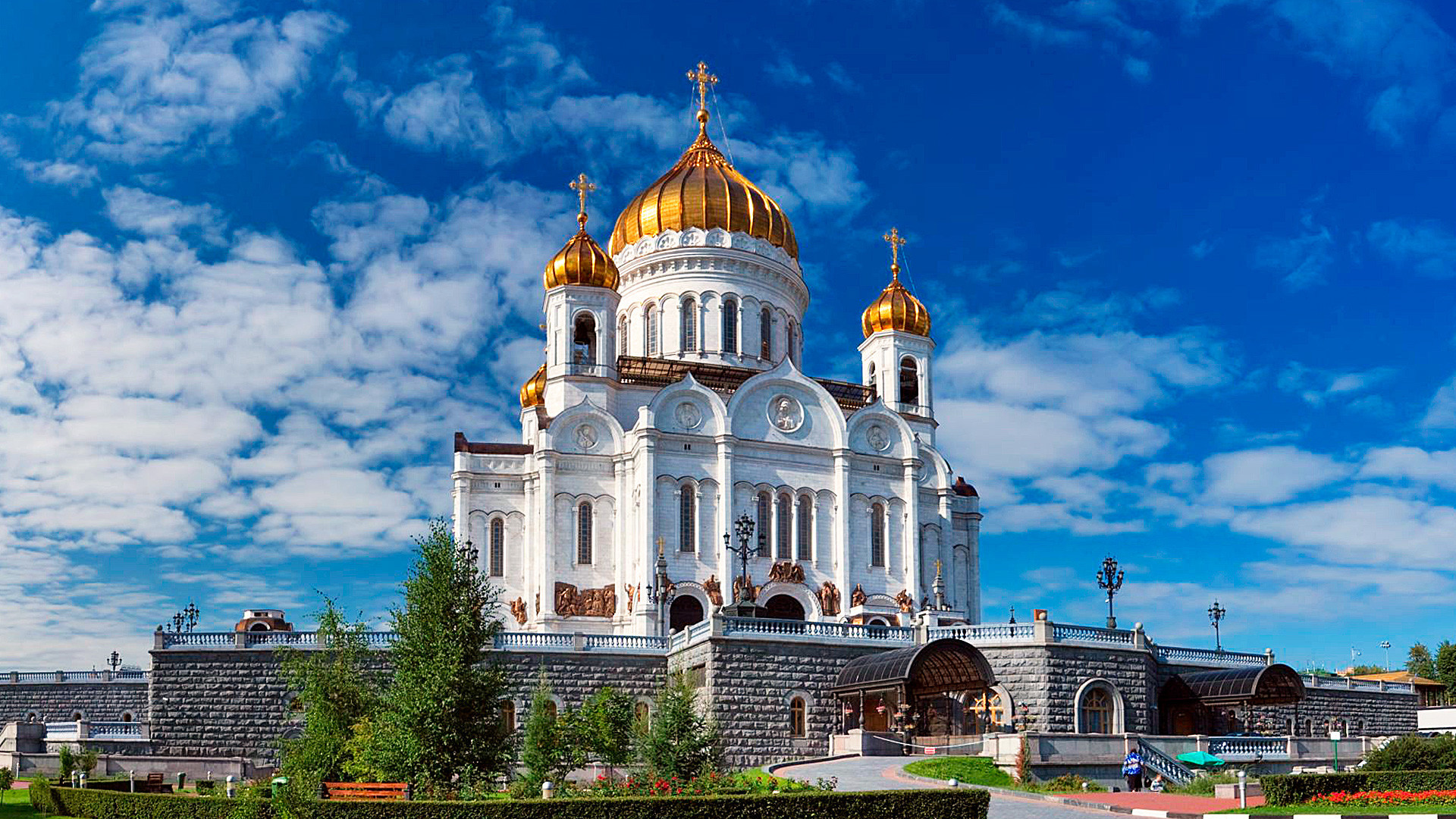
Christ the Savior Cathedral
Alexander Grishin/Global Look PressRich and prosperous villages also had churches. Faith was an important and big part of everyday life. To give you an idea about the level of religiousness, here’s just one episode from Russian history. When, in the 17th century, a new patriarch named Nikon began a massive reformation of the Orthodox Church, many Russians didn’t accept the new rules of praying so much that they preferred to die and hundreds of people literally burned themselves alive!
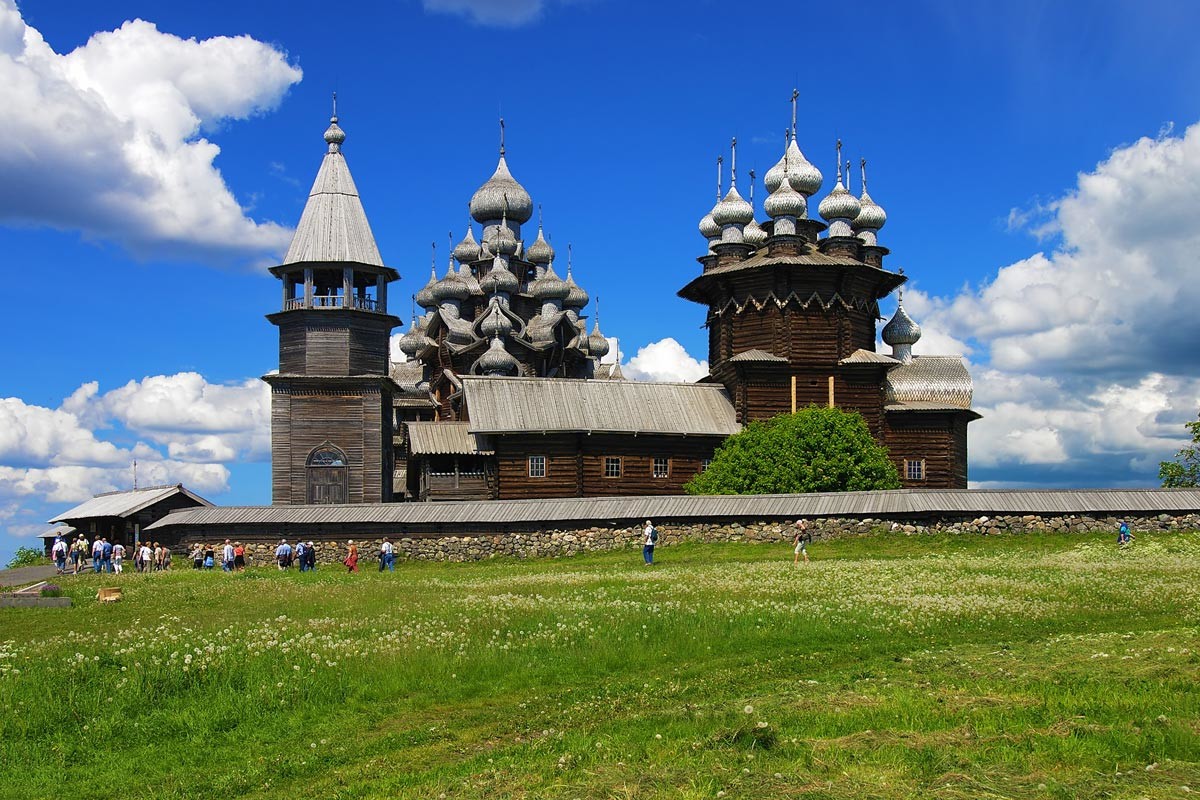
Church of the Transfiguration and the 17th century Kizhi Pogost in Karelia
Legion MediaMost of the churches used to be built from wood, rare examples of them remaining in the Russian North, and they are brilliant (take a look at them here). But, just like all wooden buildings, they frequently burned down and new churches had to be built in their places.
However, in big cities, the authorities tried to build stone churches as a sign of their power. Each Russian region used to have its own “department” of the Church and the local bishops took care of the churches and monasteries in their belongings… which actually brought them lots of money, not least because of donations.
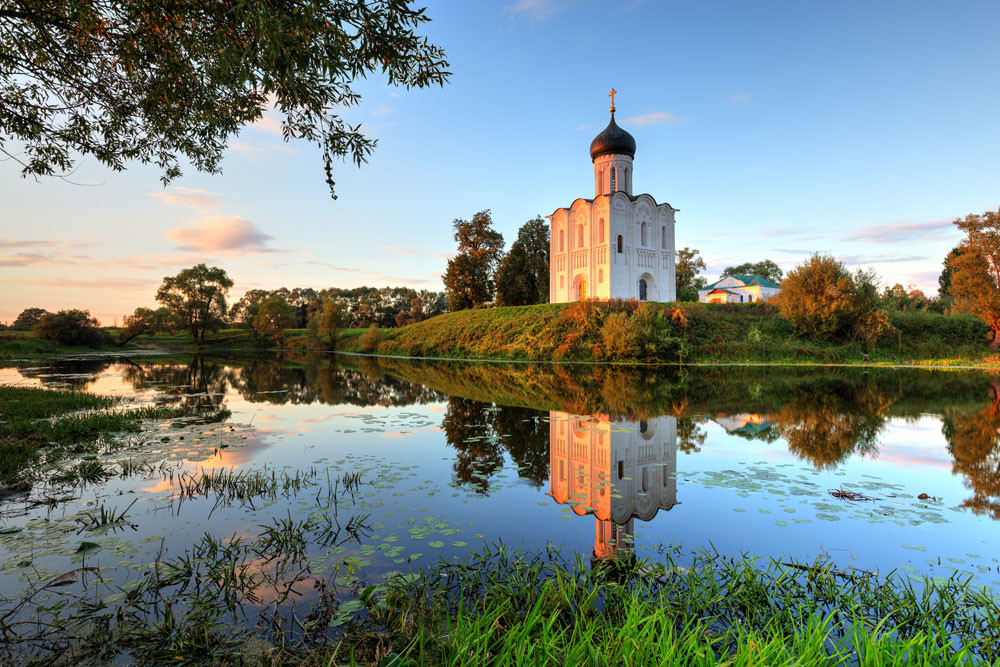
Church of the Intercession on the Nerl River
Legion MediaChurches sometimes could be the only stone buildings in Old Russian cities. And that’s why some of them have been preserved from very ancient times (one of the oldest is dated to the 11th century).
But, how many churches could a city build? Well, a lot! There was an idiom that went: sorok sorokov, regarding to Moscow. Sorok in Russian means both the number ‘forty’ and is the old word for ‘parish’. Moscow had about seven parishes and each of them had about 40 churches. The expression sorok sorokov (literally ‘forty parishes’) meant not 1,600 churches, but simply a lot!
And, indeed, in the early 20th century, there were roughly 800 cathedrals in Moscow and even more chapels and other places of worship. Each Moscow street had a church and sometimes not just one.
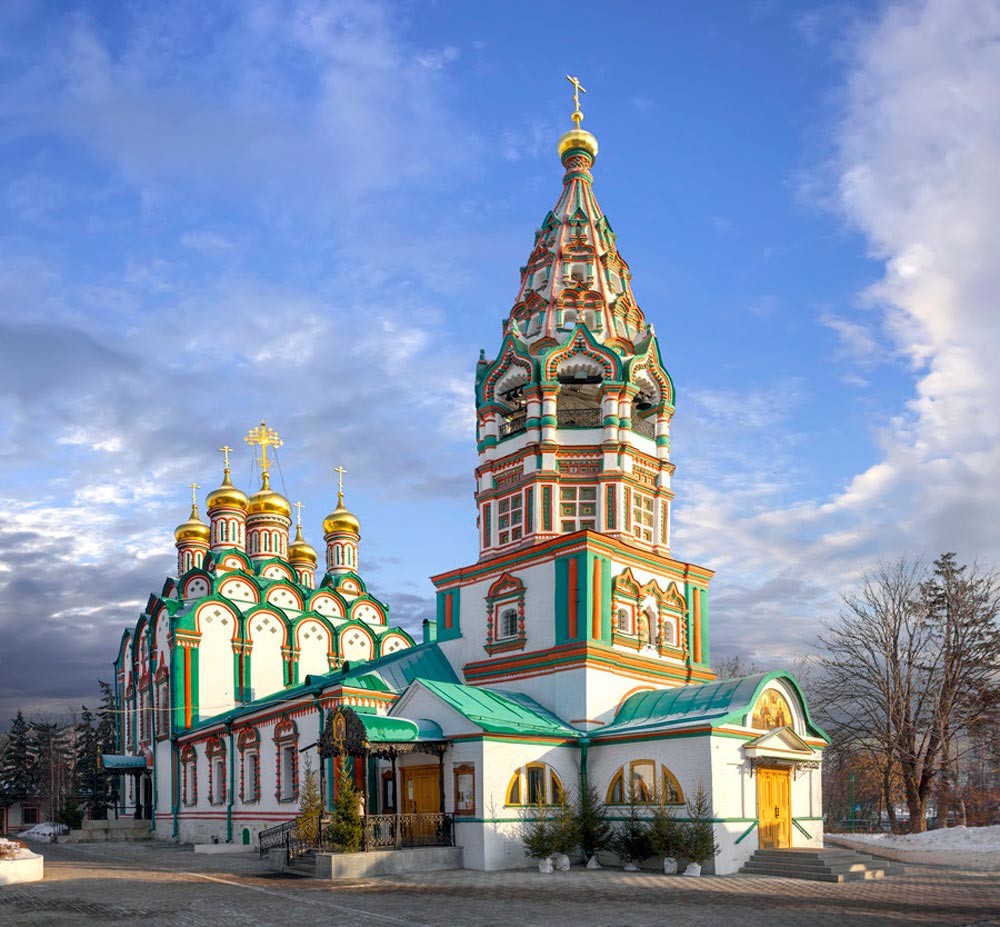
Church of St. Nicholas in Khamovniki, Moscow
Legion MediaOther Russian cities also had lots of churches. And many of them were built on donations of the parish. In the cities of Russia’s Golden Ring tourist route, there are many preserved old churches. And listening to their bells ringing all together, one can feel as if one is back in Old Russia.
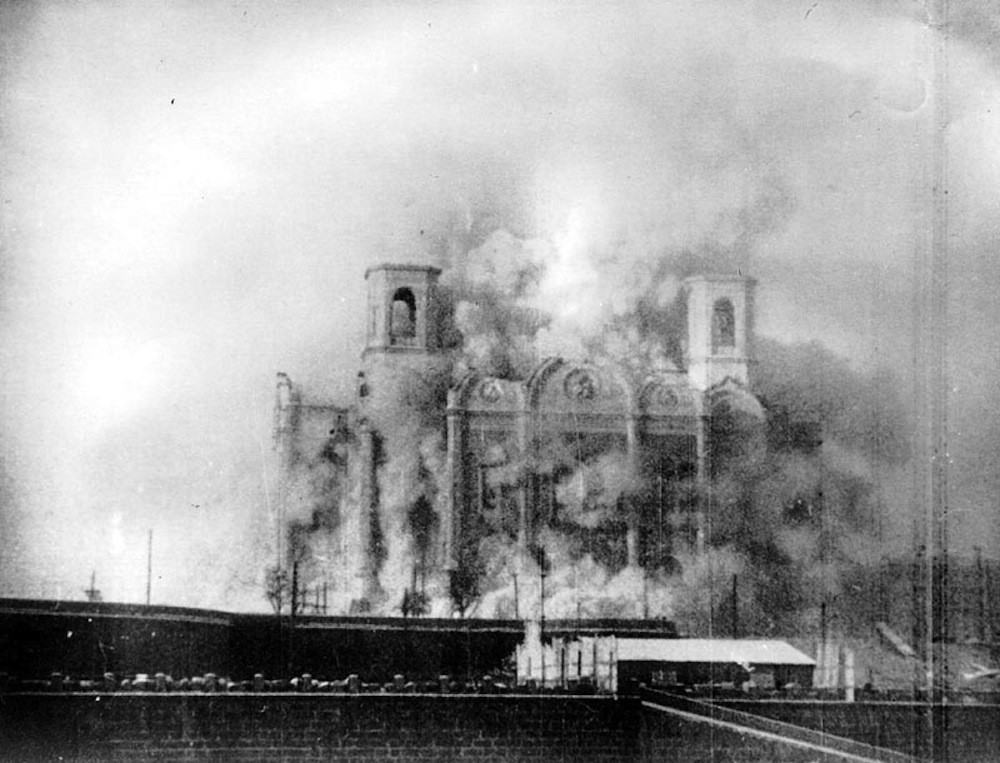
On December 5, 1931, Christ the Savior Cathedral was blown up
Public domainThe Bolsheviks implemented a massive anti-religion campaign. They closed churches, grabbed the church valuables and icons and sold them to the West, arrested and killed priests. The captured cathedrals the Soviets used as army barracks, warehouses, grain storages, hospitals, orphanages, museums and for many other purposes (read more here).
The Bolsheviks also destroyed a huge number of churches. Before the Revolution of 1917, the Russian Empire had roughly 54,000 churches and over 1,000 monasteries. And by the late 1980s, when perestroika began, their number had decreased to 6,893 and 22, respectively.
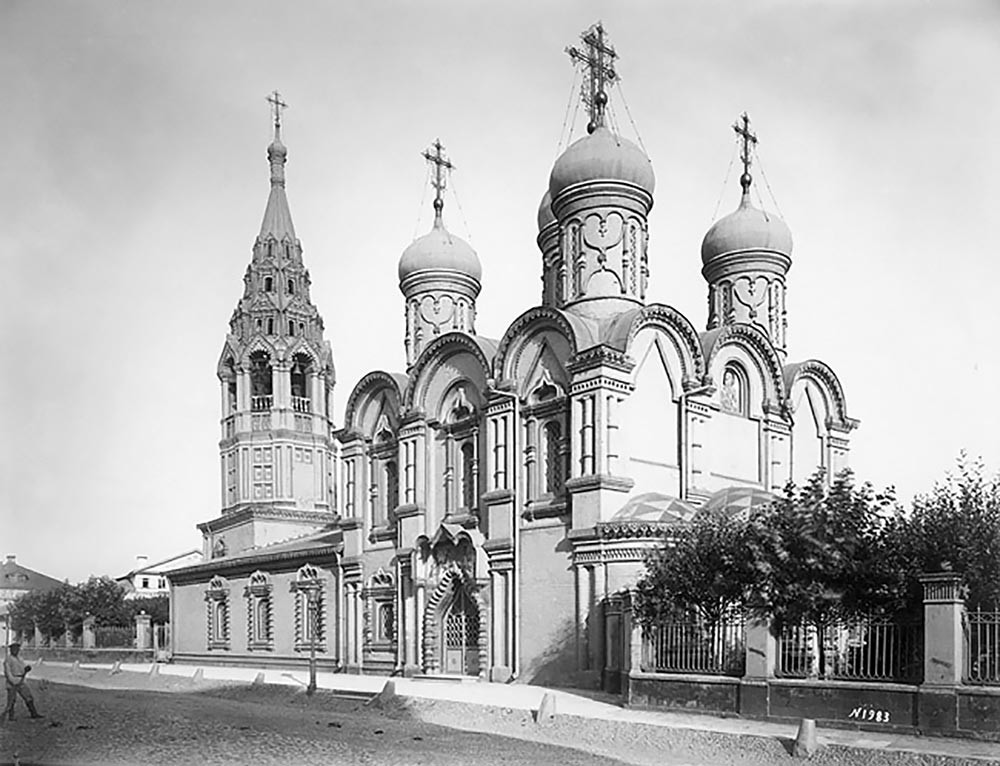
Church of Cosmas and Damian in Moscow, demolished in 1938
I. BarshchevskyJust in Moscow alone, from its around a thousand churches, only around 50 remained serving liturgy by the 1980s. And the most famous example is Christ the Saviour Cathedral, which was demolished in 1931. A swimming pool was built in its place. However, in the 1990s, the cathedral was rebuilt under the original project. However, there are some great cathedrals that were lost forever which you can see here.
Calculating the number of churches now is a tough task. In the 1990s, the Russian Orthodox Church was officially restored and, according to the latest official data after the three decades, now there are more 21,000 churches and other places of worship and almost a thousand monasteries. While around the world, under the authority of the Russian Orthodox Church, there are over 38,000 churches.
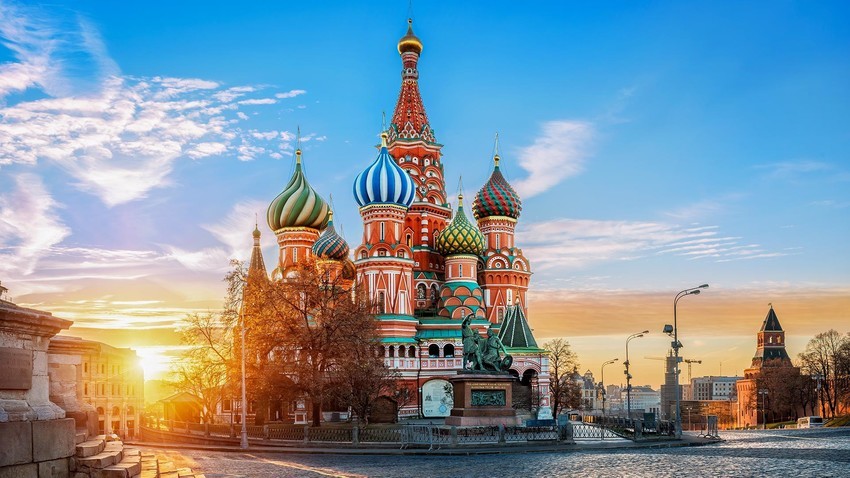
St. Basil's Cathedral in Moscow
Getty ImagesHowever, this number doesn’t include churches that don’t serve liturgy (for example St. Basil Cathedral on the Red Square, which is officially a museum). According to the website Sobory.ru that lists all the Russian churches, there are more than 47 thousand religious Orthodox objects in Russia, both working and closed or abandoned.
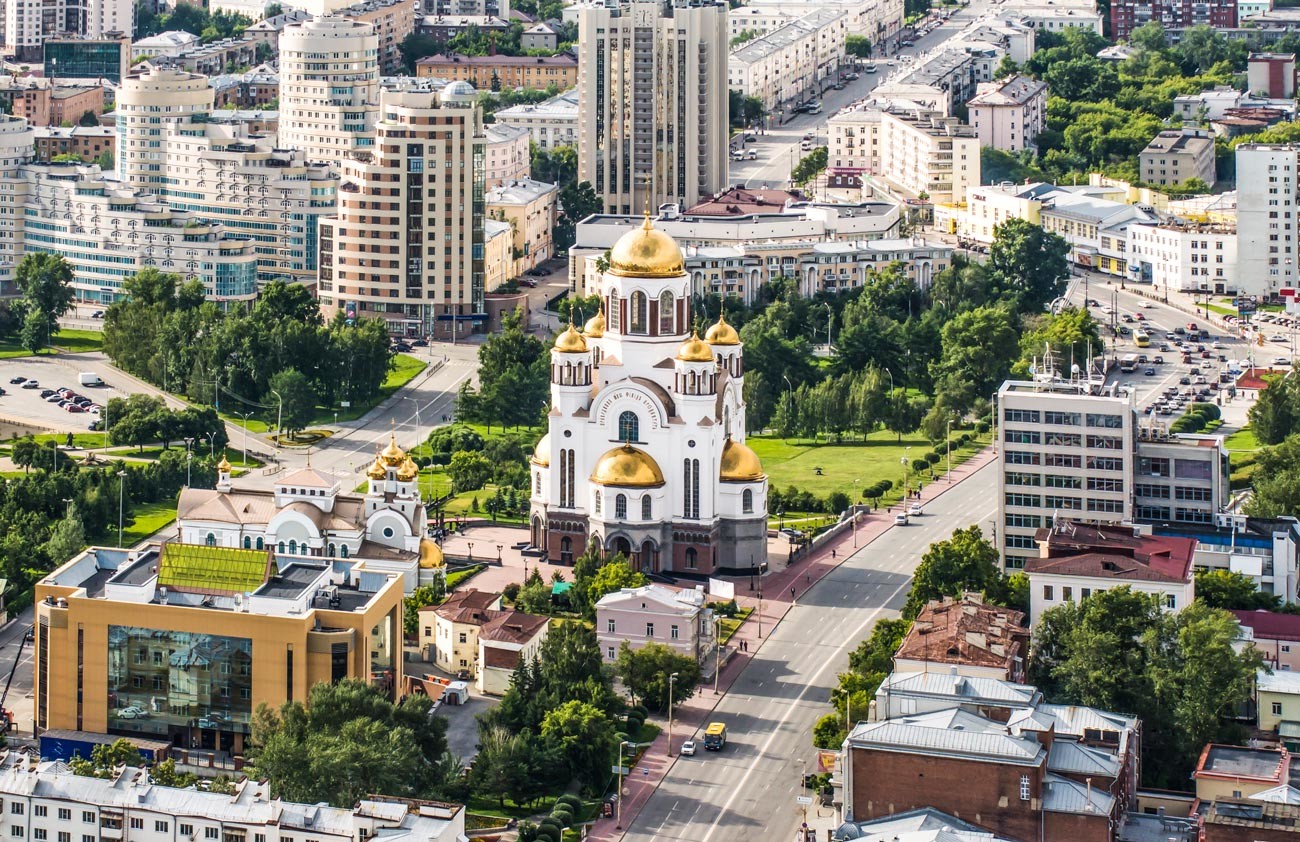
Church of All Saints in Yekaterinburg, built in 2000s
Legion MediaOn average there is one cathedral for five thousand believers, while big cities, such Moscow and St. Petersburg, have one cathedral per 15 thousand people. Now, Moscow has more than 1,000 churches and, each year, another 10-20 are being built in the city.
If using any of Russia Beyond's content, partly or in full, always provide an active hyperlink to the original material.
Subscribe
to our newsletter!
Get the week's best stories straight to your inbox